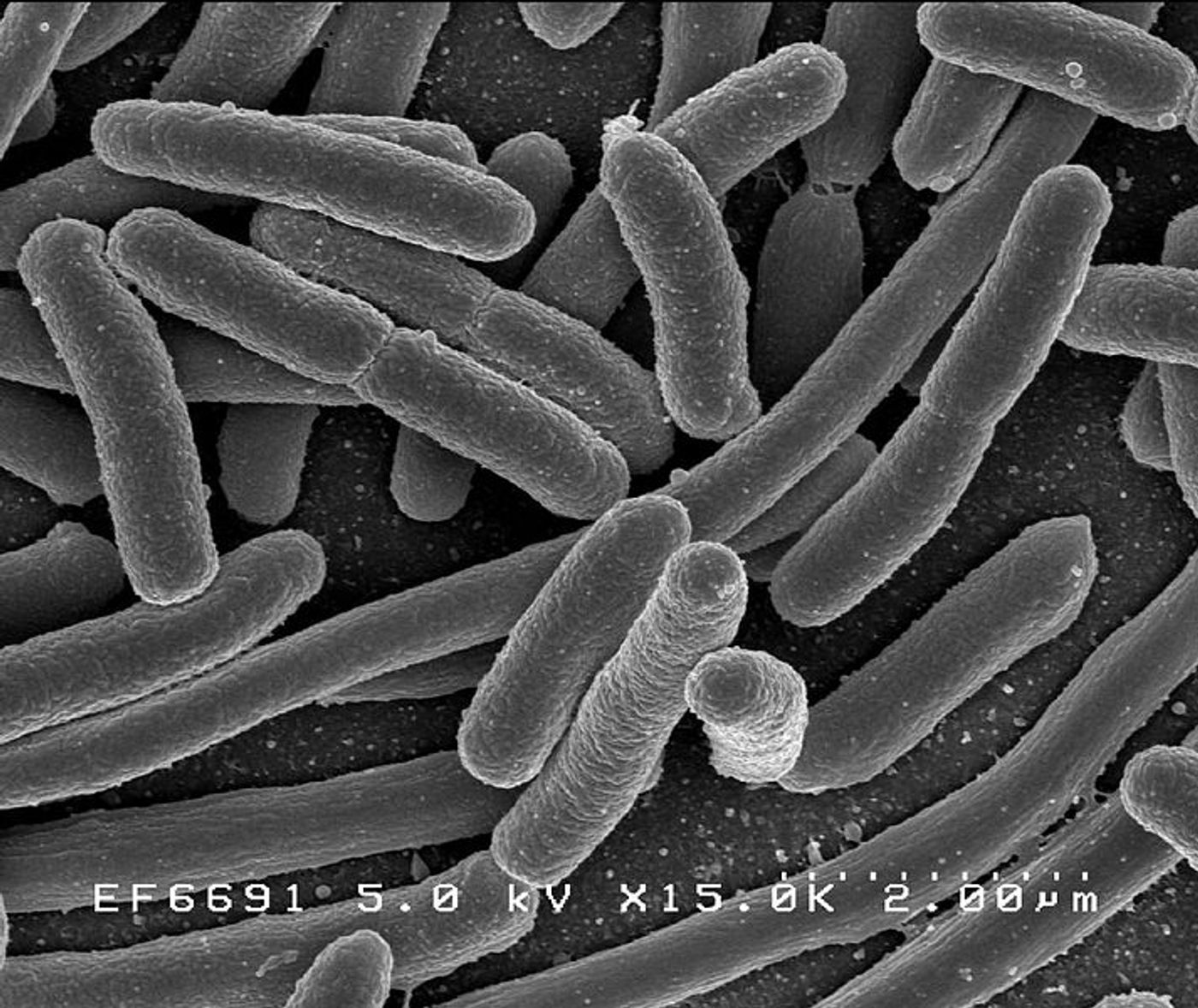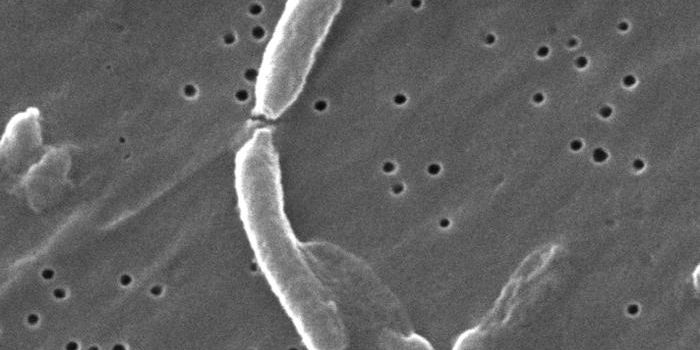Earlier this year, it was announced that a so-called superbug had been detected in a patient in the United States. Now, a second announcement has been made; there was another patient in the U.S. that was infected with a colisitin-resistant strain of E.coli.
To be clear, these infections were treated successfully with other antibiotic courses. What is alarming is that these strains carried the mcr-1 gene plasmid. That gene gives them resistance to colistin, a drug used as a last-resort; it treats patients suffering from bacterial infections that are resistant to all other antibiotics.
The gene can also be carried on a piece of DNA that is separate from the genome of the bacterium, a plasmid. In China in late 2015, plasmid-mediated mcr-1 was first isolated from livestock and humans. When it is on such a plasmid, the gene can easily be transferred to other organisms, and has the potential to create deadly bacteria resistant to all antibiotics.
A comprehensive survey of what’s known about mcr-1 has been published in Antimicrobial Agents and Chemotherapy, a journal of the American Society for Microbiology and authored by SENTRY Antimicrobial Surveillance Program. SENTRY was established in 1997 and monitors pathogens worldwide as well as changes in resistance patterns over time using centralized testing. Medical centers and hospital sites are recruited by SENTRY to submit organisms with a prevalence based approach and to sample a number of different kinds of infections.
In this
study, by testing 13,526 Escherichia coli and 7,480 Klebsiella pneumoniae strains collected using systematic methods in the Asia-Pacific region, Latin America, Europe, and North America in 2015, they discovered that 390 or 1.9 percent were resistant to colistin. Nineteen of the strains carried the mcr-1 gene. One of those colistin-resistant strains had been recovered in 2015 from a patient in New York.
Importantly, the isolates that carried mcr-1 were susceptible to a few common antimicrobial agents, including carbapenems and new anti-microbial agents that are able to fight against gram negative bacteria, generally, explained corresponding author of the study, Mariana Castanheira, PhD., who is Director for Molecular and Microbiology, at JMI Laboratories, North Liberty, Iowa. These and similar bacterial strains are not likely to result in stubborn, dangerous infections right now.
The investigators are now trying to find out if the mcr-1 gene is indeed on a plasmid in the isolates they identified. Because it is possible for this plasmid to jump to other bacteria, including those that are already resistant to many antibiotics, compounded with the global distribution of the gene, close monitoring of the gene is important, say the authors.
“The fact that the gene has been detected in food livestock and raw meat is also concerning,” said Castanheira. “The prospect of a mobile gene encoding resistance to colistin spreading among isolates resistant to most antimicrobial agents clinically available is threatening for the therapy of serious infection caused by isolates,” the scientists conclude. Additional studies are still ongoing.
Source:
American Society for Microbiology,
Antimicrobial Agents and Chemotherapy









